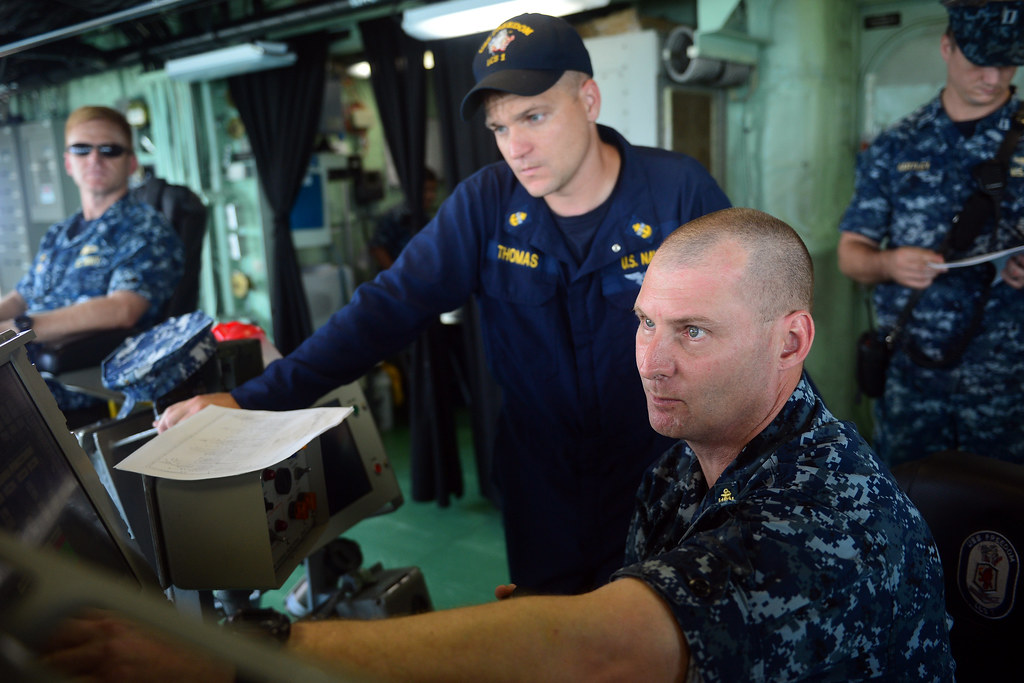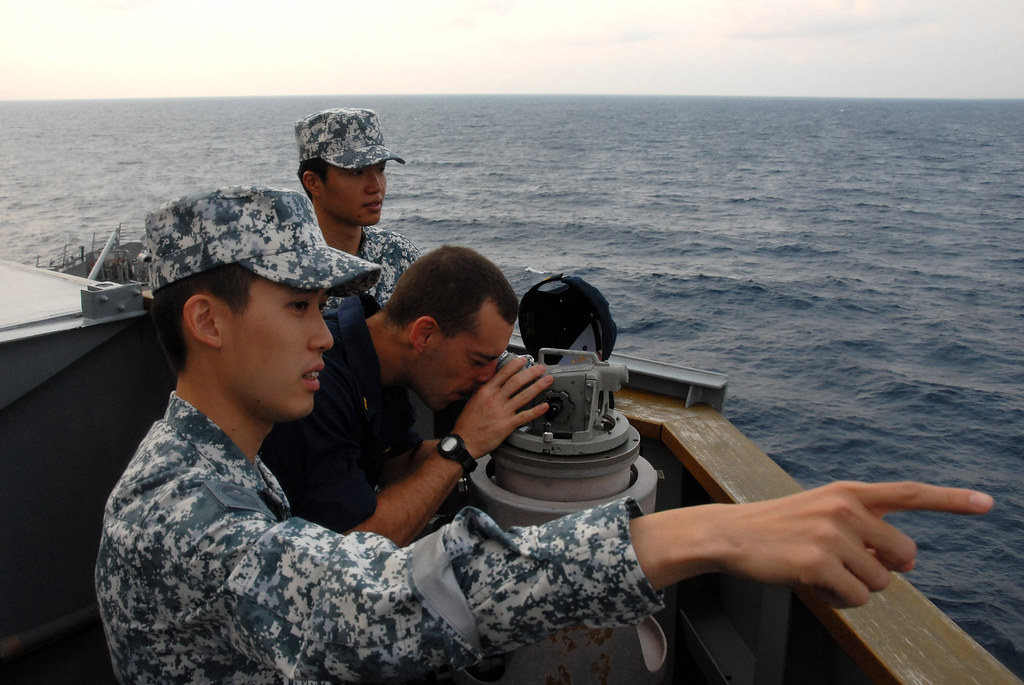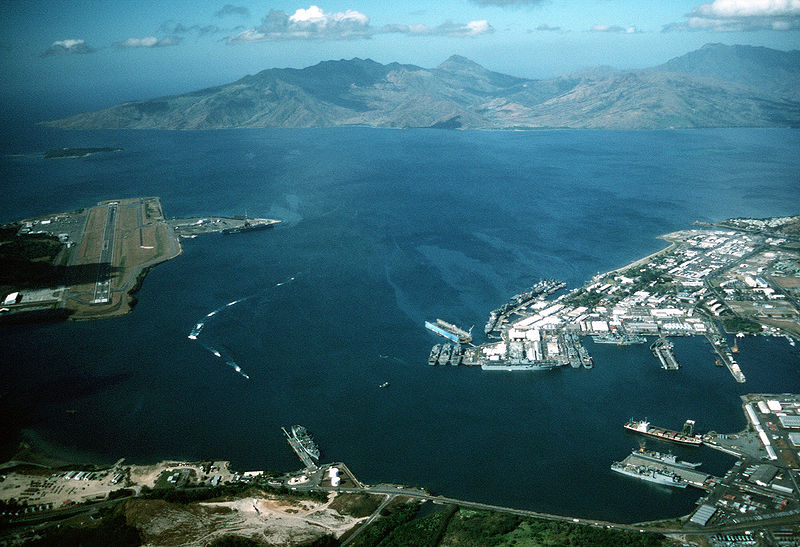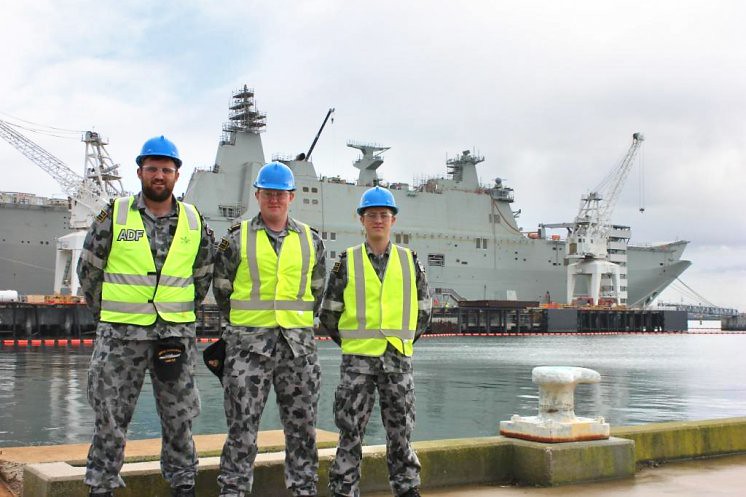Chief of the Defence Force General David Hurley is today hosting the Commander of the United States Pacific Command (PACOM), Admiral Samuel Locklear III, in Cairns for the annual Australia-PACOM Military Representatives (MILREPS) meeting.
Under the Australia-US Alliance, MILREPS is an important strategic forum to maintain and improve cooperation and interoperability between the Australian Defence Force and PACOM.
Like Australia, PACOM’s primary strategic interest is the Indo-Asia-Pacific region.
“As economic and strategic weight continues to shift to the Indo-Pacific, our Alliance with the US will only increase in importance for Australia’s security and for the region’s ongoing stability and prosperity,” General Hurley said.
“The MILREPS meeting is a valuable opportunity to exchange views on regional security issues and explore opportunities to build regional cooperation and capacity and interoperability between our militaries.
“I look forward to working with Admiral Locklear to build on the close relationship that our militaries have forged over more than six decades of the Alliance and pursuing new opportunities for practical cooperation,” General Hurley said.
The meeting follows the conduct of Exercise Talisman Saber 2013 in north Queensland and the Northern Territory.
Held every two years, Talisman Saber is the largest combined training activity between Australian and US forces.




























